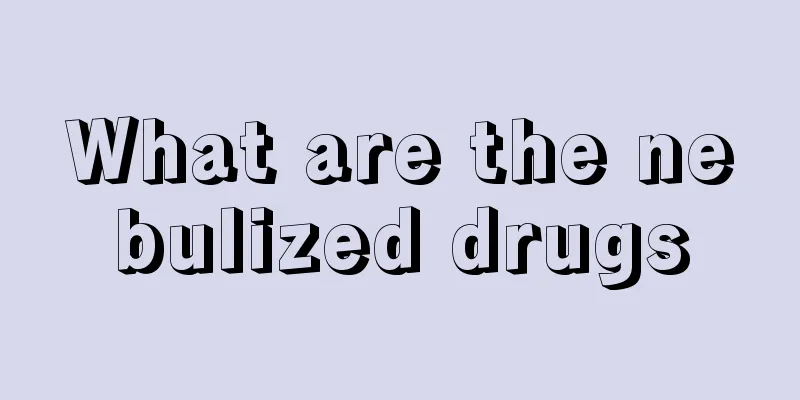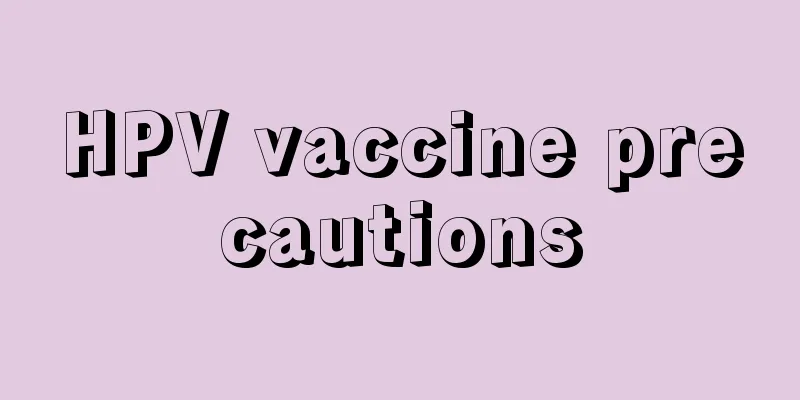What are the nebulized drugs

|
Recently it is the peak season for respiratory diseases. Hospitals are often crowded, and most of the patients are children. So nebulization is very useful at this time. Some families feel that there are too many people going to the hospital, and their children often cough and have sputum all year round, so they will prepare a nebulizer at home. What types of nebulized drugs are there? Nebulizer inhalation therapy is to disperse drugs or water into mist or particles suspended in the gas through an inhalation device, and deposit them in the respiratory tract and (or) lungs by inhalation, thereby achieving the effect of local treatment of the respiratory tract. Administration through aerosol inhalation can relieve bronchospasm, thin sputum, and prevent and treat respiratory tract infections. Nebulizer inhalation can be used to treat many respiratory diseases, such as chronic obstructive pulmonary disease (COPD) in adults, bronchial asthma in children, acute laryngitis, allergic cough, etc. Because of the advantages of nebulization inhalation, such as rapid drug effect, small dosage, high local drug concentration and few systemic adverse reactions, nebulization inhalation has become an important auxiliary treatment measure in the treatment of respiratory diseases. In clinical practice, different drugs can be selected for nebulized inhalation according to different diseases and different treatment purposes. The following are the drugs currently in common use. You should go to the hospital to consult a doctor for specific details, and do not configure it privately. Generally, if the effect of family nebulization is not good after a week, you should go to the hospital for a follow-up visit in time. After each nebulization, remember to wipe your face and rinse your mouth. For children, the best nebulization time is about 5 to 10 minutes each time. Again, if you are experiencing hypoxia, it is safest to go to the hospital and be administered oxygen. What are the drugs that are nebulized? 1. Bronchodilators It is mainly used to treat acute attacks of bronchial asthma and relieve bronchospasm. Commonly used drugs include: The commonly used anticholinergic drug is ipratropium bromide, and the concentration of aqueous solution is 0.025%. Adults take 2 ml each time, children take 0.4-1 ml each time, add an equal amount of normal saline solution and nebulize for inhalation, or you can directly inhale the original solution, 2-3 times a day. 10% to 30% of the inhaled dose is deposited in the lungs, with less absorbed by the gastrointestinal mucosa. It has a high selectivity for respiratory smooth muscle. It takes effect 10 to 30 minutes after inhalation, reaches its peak effect in 1 to 2 hours, and the effect can last for 6 to 8 hours after one inhalation. It is mainly used to treat acute attacks of COPD and bronchial asthma. The drug has minimal adverse reactions, but there are reports of it causing acute urinary retention after inhalation. Therefore, it should be used with caution in patients with prostate hypertrophy, glaucoma, and pregnant or lactating women. The β2 receptor agonists currently commonly used in clinical practice include salbutamol. The concentration of its aqueous solution is 0.05%. After atomization, it forms aerosol particles with a diameter of 2~4μm. 10%~20% of the drug can reach the lower respiratory tract by inhalation. The usual dosage is 2 ml of the drug plus an equal amount of normal saline for nebulization inhalation. It takes effect 5 minutes after inhalation, reaches its peak in 15 minutes, and the efficacy can last for 4 to 6 hours. It is mainly used for patients with severe bronchial asthma attacks and COPD with obvious bronchospasm. Since this type of drug also has a partial stimulatory effect on the beta receptors of the heart and skeletal muscles, some patients may experience palpitations and skeletal muscle tremors after inhalation. Patients with organic heart disease, hypertension, and hyperthyroidism should use this type of drug with caution. The usual dose for children under 12 years of age is 0.5 mL (2.5 mg salbutamol sulfate), which is diluted to 2.0-2.5 mL with normal saline for injection. Some children may require a dose as high as 5.0 mg. There is no clinical data on the efficacy of this drug in infants under 18 months of age. Transient hypoxemia may occur, so oxygen therapy should be considered. |
<<: Can Sanfutie remove dampness?
>>: What to eat to dilate blood vessels
Recommend
What are the symptoms of female breast cancer
After the middle stage of breast cancer, as the l...
Which parts should be pressed to reduce fever
In fact, everyone has experienced having a fever....
Can breast cancer liver metastasis be cured?
Can liver metastasis of breast cancer be cured? T...
Heart beats fast in early pregnancy
For most women, pregnancy is an exciting thing, b...
What are the dangers of scratch disease
Scratch disease, also known as skin scratch disea...
Several benefits of Chinese medicine treatment for lymphoma
The benefits of TCM in treating lymphoma! TCM tre...
What is Cellular Anti-Aging
Cell anti-aging is to increase the speed of cell ...
What are the treatments for nasopharyngeal carcinoma?
Once diagnosed with nasopharyngeal cancer, many p...
How to have high quality sleep
We all know that sleep quality is helpful to our ...
Will Astragalus cause internal heat?
Astragalus is a relatively common Chinese medicin...
Why are there stretch marks on the legs
The appearance of stretch marks is quite common i...
What should I pay attention to when it comes to HGB?
Hemoglobin has a great impact on the human body. ...
Is the scent of lily harmful to the body?
In daily life, many people like to add some color...
Will lung cancer recur after surgery?
Will lung cancer recur after surgery? Lung cancer...
About the medicinal diet therapy for colorectal cancer
As the number of patients with colorectal cancer ...









